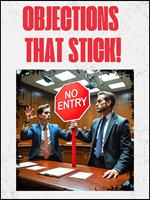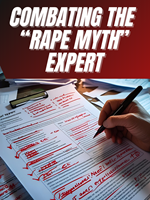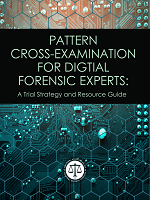NACDL Update – February 12, 2009
New Mexico recently ordered courts to adopt a mechanism for settling pre-indictment disputes between prosecutors and targets about what evidence should be made available to grand juries. The opinion includes a thoughtful discussion of the irreversible ramifications indictment has on defendants, the necessity for pre-indictment review, and how such a mechanism can be adopted without great disruption to the grand jury process. This could be a useful read and tool for any practitioner dealing with the often frustrating grand jury system. Read this opinion.
The Supreme Court of the State of New Mexico prescribed a pre-indictment mechanism for handling disputes between prosecuting attorneys and targets when, pursuant to state statute, targets wish to “alert the grand jury to the existence of evidence that would disprove or reduce an accusation or that would make an indictment unjustified.” With its opinion In re Grand Jury Presentation Concerning James Bort Jones, New Mexico joins a minority of states – Colorado, Maine, North Carolina, New York, Tennessee, and Illinois – that have explicit pre-indictment mechanisms. The court noted the importance of pre-indictment procedures given the irrevocable consequences that an indictment can have on a target’s career and reputation.
The court formulated a procedure whereby targets will submit letters intended for the grand jury alerting it to the existence of evidence and providing a brief, non-argumentative description. The target will submit this letter, along with a memorandum that provides any necessary context or explanation and proposed questions for witnesses, to the grand jury judge and prosecutor directly. When the prosecutor does not wish to honor a target’s request, he/she must submit a motion to the grand jury judge, with notice to the target, explaining the reason(s) why the judge should exclude the target’s proposed evidence. The judge will then evaluate the two sides’ reasoning, solicit a response from the target or hold a short hearing if necessary, and resolve the matter quickly. The grand jury judge’s ruling will not generally be subject to appellate review, unless the state supreme court grants review through an extraordinary writ proceeding.
Although the New Mexico court relied on several federal court cases in reaching this decision, much of the opinion is routed in New Mexico law and practitioners should read this opinion in its entirety before citing it in other jurisdictions. For example, in determining that a mechanism for negotiating disputes was needed, the court cited the state legislature’s demonstrated intention to provide grand juries with more information. Also, the opinion noted that the Supreme Court remarked in United States v. Williams that “federal courts cannot exercise their supervisory control over the grand jury in the first instance,” but rather require some pre-existing statute or court rule, such as the New Mexico statute in this case.
New Mexico Court Imposes Pre-Indictment Mechanism that Enables Investigation Targets to Alert Grand
A new development in New Mexico courts in the matter of In re Grand Jury Presentation Concerning James Bort Jones resulting in a pre-indictment mechanism enabling investigation targets to alert grand jury to exculpatory evidence.













